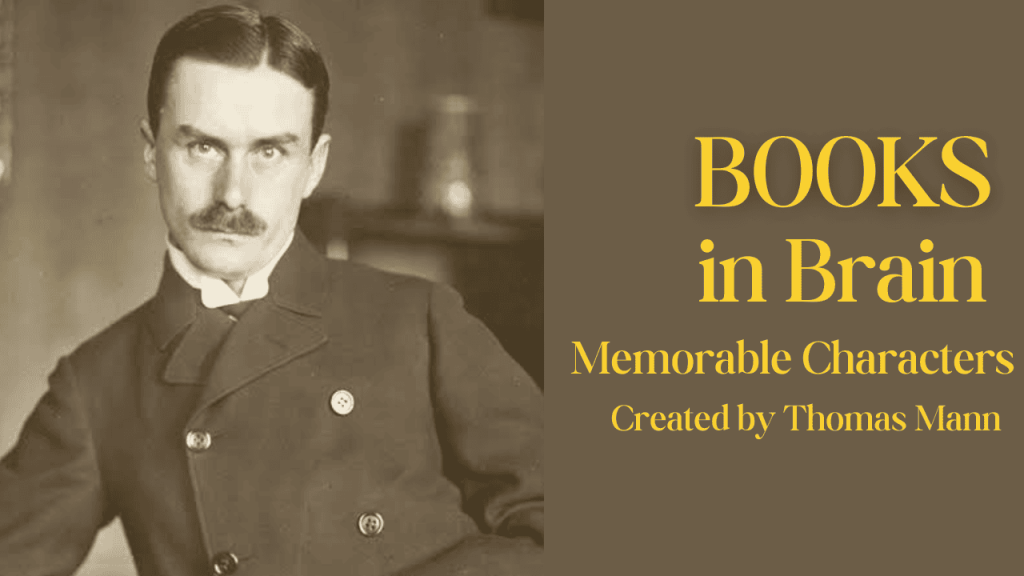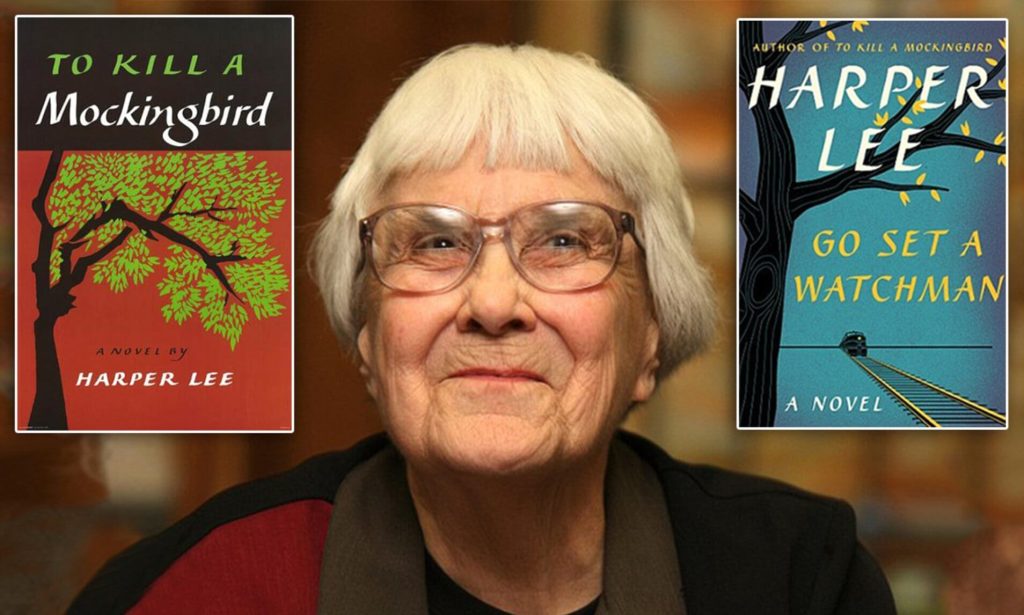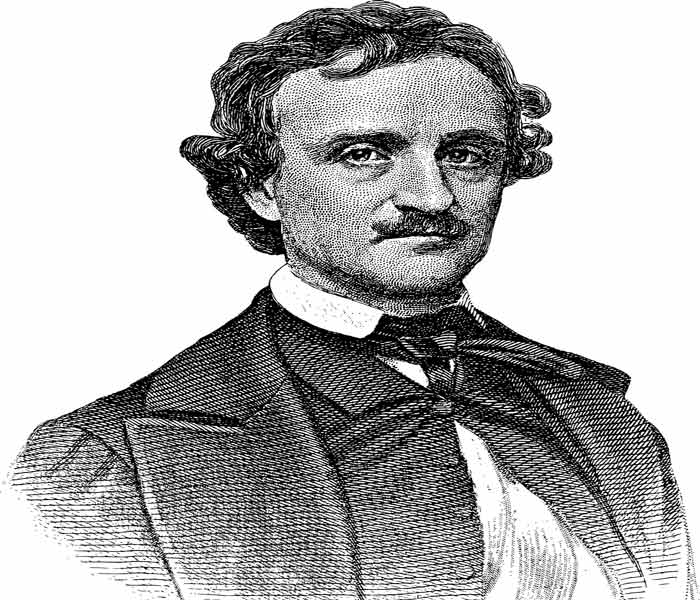Thomas Mann (1875–1955), a Nobel laureate, was one of the 20th century’s greatest literary figures. He was awarded the Nobel Prize in Literature in 1929 for his early masterpiece, Buddenbrooks, and for his contribution to contemporary literature.
Thomas’s literature is filled with unforgettable characters. Major novels like Buddenbrooks, The Magic Mountain, and Doctor Faustus showcase his mastery in creating outstanding figures.

Here’s a glimpse into 15 of his most memorable personalities and what makes them so enduring even today.
15 Most Memorable Characters Created by Thomas Mann
1. Hans Castorp (The Magic Mountain, 1924)
Hans Castorp is a young engineer who visits a sanatorium in the Swiss Alps to see his cousin. What was meant to be a short visit turns into years of living there. Hans becomes fascinated by the different patients, their stories, and the ideas they discuss.
As he spends time in this isolated world, Hans begins to question life, death, and time itself. His journey represents a deeper philosophical exploration of what it means to live.
2. Gustav von Aschenbach (Death in Venice, 1912)
Gustav von Aschenbach is a disciplined and respected writer. On a trip to Venice, he sees a young boy named Tadzio and becomes obsessed with him. This obsession shakes his strict, orderly life and leads him down a tragic path.
Aschenbach’s internal struggle between his desire for beauty and his fear of losing control makes him a haunting and memorable character. His story is a poignant reflection on aging, longing, and mortality.
3. Tonio Kröger (Tonio Kröger, 1903)
Tonio Kröger is a young artist who feels torn between two worlds. He comes from a wealthy family but feels more connected to the world of art and creativity. Tonio longs for the simplicity of ordinary life but knows he can’t fully belong to it.
He represents the duality many artists face. His internal conflict mirrors Thomas Mann’s own life as a writer. It makes Tonio deeply personal and relatable, especially for those who have ever felt like outsiders.
4. Thomas Buddenbrook (Buddenbrooks, 1901)
Thomas Buddenbrook is the ambitious leader of his family’s business. He works hard to keep the family’s legacy alive, but his efforts to maintain their legacy come at a great personal cost. The pressure takes a toll on his health and happiness.
As the family’s wealth and status decline, Thomas becomes a symbol of the sacrifices people make for success. His dedication and ultimate failure make him a tragic yet inspiring figure. The character reflects the themes of ambition, duty, and the inevitable decline of tradition.
5. Hanno Buddenbrook (Buddenbrooks, 1901)
Hanno is Thomas Buddenbrook’s only son. Unlike his father, he is quiet and sensitive. He loves music and dreams of a life away from the family business.
Hanno’s fragile health and artistic nature make him a symbol of the family’s decline. His tragic story shows how expectations can crush those who are not strong enough to fight them.
6. Adrian Leverkühn (Doctor Faustus, 1947)
Adrian Leverkühn is a brilliant composer who makes a deal with the devil to gain extraordinary talent. He sacrifices his personal happiness for the sake of his music. Adrian’s story is filled with loneliness, genius, and tragedy.
He represents the dangers of ambition and the cost of achieving greatness. His character also reflects the struggles of Germany during World War II, making him one of Mann’s most complex creations.
7. Claudia Chauchat (The Magic Mountain, 1924)
Claudia Chauchat is a mysterious woman who captures Hans Castorp’s attention. She is beautiful, confident, and seems free from societal norms. Claudia represents sensuality and freedom, contrasting with the rigid atmosphere of the sanatorium.
Her presence pushes Hans to explore his emotions and desires, making her a significant influence on his journey.
8. Naphta (The Magic Mountain, 1924)
Naphta is an intense intellectual who debates philosophy and politics with Settembrini, another key character. He believes in radical ideas and often takes extreme positions.
Naphta’s debates with Settembrini challenge Hans Castorp’s beliefs and force him to think deeply about life’s big questions. His tragic end shows the dangers of extremism.
9. Settembrini (The Magic Mountain, 1924)
Settembrini is the opposite of Naphta. He is a humanist who believes in reason, progress, and enlightenment. He becomes a mentor to Hans Castorp, guiding him through intellectual and moral dilemmas.
Settembrini’s optimism and belief in humanity make him a beacon of hope in the philosophical debates of The Magic Mountain.
10. Felix Krull (Confessions of Felix Krull, 1954)
Felix Krull is a charming con artist who uses his wit and good looks to navigate life. He is clever, funny, and unapologetically ambitious. Felix’s adventures show his ability to bend the rules and outsmart others.
Despite his questionable morals, he remains likable and entertaining. His story is a lighter, more playful side of Thomas Mann’s writing.
11. Tadzio (Death in Venice, 1912)
Tadzio is a young boy who becomes the object of Aschenbach’s obsession. He is described as the perfect image of beauty, with golden hair and graceful movements. Tadzio doesn’t speak much, but his presence is powerful. He represents youth, innocence, and unattainable perfection. Tadzio’s character is central to the tragic beauty of Death in Venice.
12. Gerda Buddenbrook (Buddenbrooks, 1901)
Gerda is Thomas Buddenbrook’s wife. She is a talented violinist who seems detached from the family’s troubles. Gerda represents the world of art and culture, which contrasts with the business-driven life of the Buddenbrooks. Her quiet strength and enigmatic personality make her an intriguing character.
13. Jakob Krull (Buddenbrooks, 1901)
Jakob Krull is a minor but significant character in Buddenbrooks. He is a relative of the Buddenbrook family who serves as a reminder of their past struggles. Jakob’s humble beginnings and modest ambitions stand in contrast to the family’s grand aspirations. His character highlights the fragility of wealth and success.
14. The Devil (Doctor Faustus, 1947)
The Devil in Doctor Faustus is a chilling figure who tempts Adrian Leverkühn. He offers Adrian extraordinary musical talent in exchange for his soul. The Devil represents temptation, despair, and the moral challenges of ambition. His conversations with Adrian are weird and thought-provoking. It adds a dark layer to the story.
15. Mynheer Peeperkorn (The Magic Mountain, 1924)
Mynheer Peeperkorn is an older man full of charisma and energy. He becomes a rival for Claudia Chauchat’s attention. Despite his larger-than-life personality, Peeperkorn struggles with his emotions and insecurities. His dramatic presence and tragic end add depth to the emotional and philosophical themes of The Magic Mountain.
Final Words
These 15 characters are the heart of Thomas Mann’s works, representing his ability to create deeply human and philosophical figures. They embody universal themes of ambition, identity, love, and loss. Whether through tragedy, brilliance, or charm, these characters continue to captivate readers around the world.



Pingback: Memorable Characters Created by Joseph Conrad